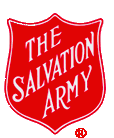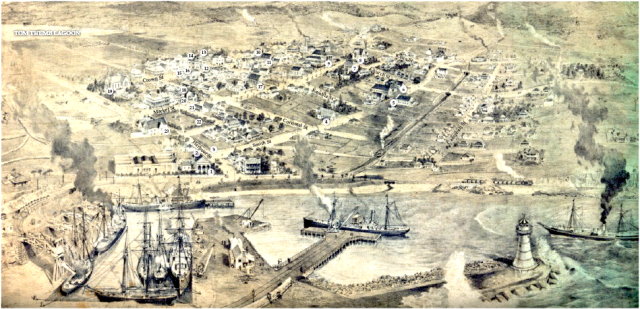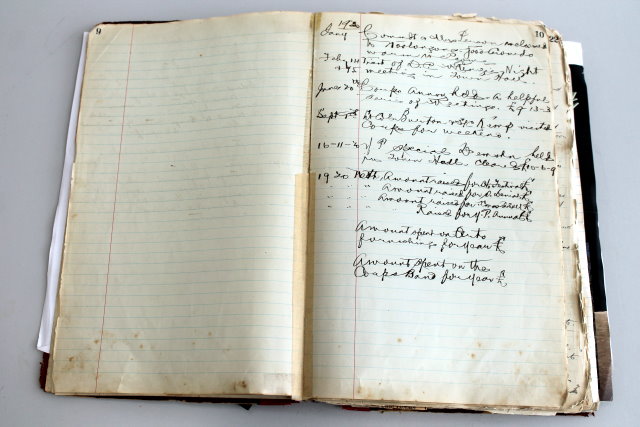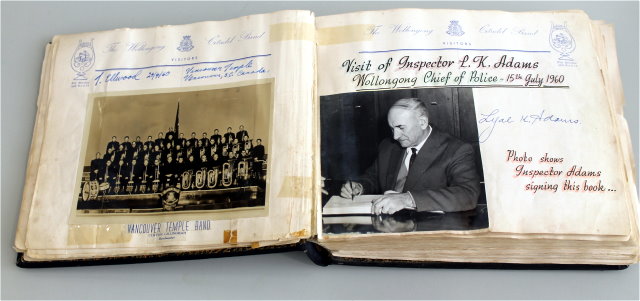The Salvation Army Wollongong History
Introduction

After Australia was first developed by the British at Sydney in 1788, immediately exploration began to investigate what raw materials could be found. South of Sydney they discovered a strip of land between a range of mountains (defined as an escarpment) and the sea. It consisted of dense cedar forests. The area now known as Wollongong had its beginnings in 1815, and a major activity began in the cutting and shipping of cedar from a harbour built there. By 1833 a school had been built , a the town of Wollongong was laid out and the town was gazetted. The population in 1841 was 841. The word Wollongong was derived from an aborigine term, and a number of possible translations exist. The early explorers found the escarpment was rich in coal seams. Then coal exploration began in earnest.
Over the next 20 years coal mining began all along the escarpment , and steamships were used to ship it out through a harbour built in the location where it now is.
 |
Railway lines were built for horse and later steam engines to bring the coal down from the escarpment. By 1886 a Town Hall had been built, and Wollongong was becoming quite a well set up town. The only practical method of transport to Wollongong was via steam ship, and that is where the Salvation Army had its first association with Wollongong
The pages of history following this were prepared in 2017. They were based on two handwritten history books, originally written by the Corps officers of the time, or sometimes by various members of the Corps. It is basically a word-for-word copy of what was written by those people. We are aware of assistance given by Albert Shaw and Dulcie Masters and probably others. The other source of material was the 'Band History Book' , a very large book managed by Herb Epps, containing details of every band, songster and timbrel visit to and from Wollongong over many years. A lot of material was also obtained from past copies of the 'Messenger', the weekly newsletter produced by Lloyd Price, and carefully archived by him. Some years will have corrupted pages, as this is undergoing continual improvements and additions.
As you can see the original text was a little hard to read at times! On the other hand some writers had a copperplate script

This is a typical page from Herb Epps's Band History book, lots of photos and beautiful text by Herb.
